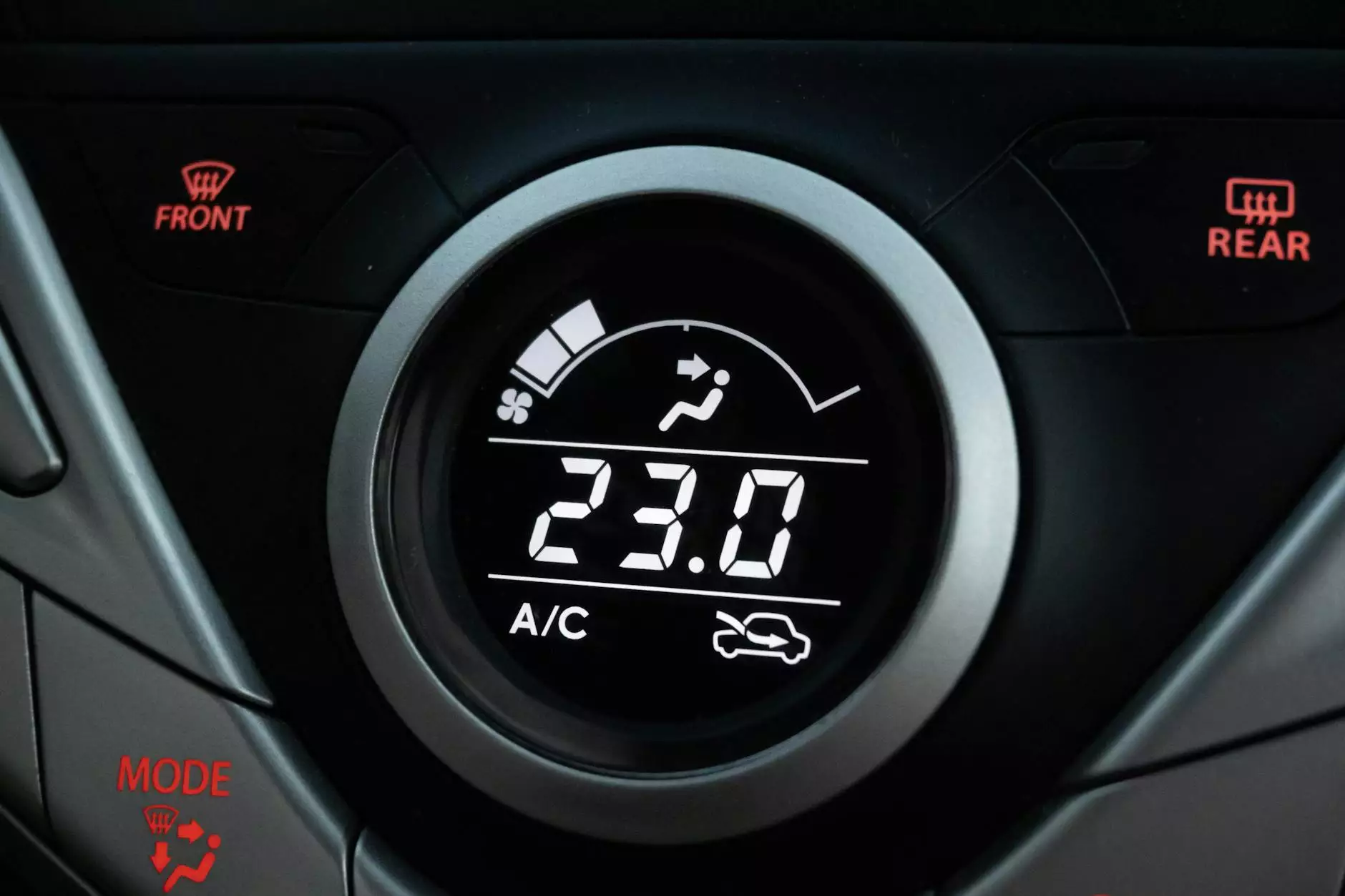The Essential Guide to Car Brake Systems

The car brake system is a vital component of any vehicle, ensuring the safety and performance of your driving experience. Understanding how these systems work, the various components involved, and how to maintain them properly is crucial for any car owner. In this comprehensive guide, we will delve into every aspect of car brake systems, providing you with the knowledge you need to keep your vehicle in top condition.
Understanding the Basics of Car Brake Systems
At its core, the car brake system is designed to slow down or stop your vehicle when you press the brake pedal. This system is a complex interplay of various components that produce the necessary friction to reduce speed. There are primarily two types of brake systems in vehicles today: disc brakes and drum brakes.
Disc Brakes vs. Drum Brakes
- Disc Brakes: Most modern vehicles are equipped with disc brakes, which consist of a flat, circular disc that rotates with the wheel. When the brake pedal is pressed, brake pads squeeze the disc, producing friction that slows the wheel down.
- Drum Brakes: These systems consist of a drum that rotates with the wheel and brake shoes that press against the inner surface of the drum to create friction. Drum brakes are generally found on older vehicles or as rear brakes on some modern vehicles.
The Components of Brake Systems
The effectiveness of a car brake system depends on several key components working in harmony. Let's explore these parts in detail:
Brake Pads
Brake pads are essential components that create the friction required to stop the vehicle. They are made from various materials, including organic, semi-metallic, and ceramic. Regular inspection and timely replacement of brake pads are crucial for maintaining braking efficiency.
Brake Discs
Brake discs, also known as rotors, are crucial for disc brake systems. They can be solid or vented, with vented versions allowing for better heat dissipation. Warped or worn-out rotors can lead to inefficiency and safety issues, making it essential to check their condition periodically.
Brake Calipers
Brake calipers house the brake pads and are responsible for pressing them against the brake discs. They can be either floating or fixed, with fixed calipers offering better performance. Any signs of leakage or stiffness in calipers should prompt immediate attention.
Brake Lines
The brake lines are crucial for transferring hydraulic fluid from the master cylinder to the brake calipers. Any leaks, cracks, or blockages in these lines can significantly impair your braking ability, making regular inspections mandatory.
Brake Fluid
Brake fluid is a hydraulic fluid used in the brake system. It’s vital to periodically check its level and condition. Moisture contamination can lower the boiling point of brake fluid, leading to brake failure under severe conditions.
How Brake Systems Work
The functionality of a car brake system relies on hydraulic principles. When the driver presses the brake pedal, force is transmitted through the master cylinder, which pushes brake fluid through the lines to the individual brake calipers, applying pressure to the pads and creating friction against the rotors or drums.
The Importance of Brake Maintenance
Regular maintenance of your car brake system is vital for safety and performance. Ignoring signs of wear can lead to significant issues, including reduced stopping power and potential accidents. Here are critical maintenance tips:
Regular Inspections
It is essential to have regular inspections performed on your braking system. Key areas to check include:
- Brake pads for wear
- Brake fluid level and condition
- Brake lines for leaks or cracks
- Brake discs for warping or scoring
- Calipers for proper operation
Brake Fluid Changes
Brake fluid should be replaced every 1-2 years to ensure optimal performance. Moisture can accumulate in the fluid over time, leading to brake fade and reduced performance.
Replacing Worn Components
If you notice any signs of wear such as squeaking, grinding, or a soft brake pedal, it is crucial to replace the affected components immediately. This includes brake pads, rotors, and calipers as necessary.
Signs of Brake Problems
- Squeaking or Grinding Noises: This usually indicates worn brake pads.
- Pulsing Brake Pedal: This can suggest warped rotors.
- Brake Warning Light: This light on your dashboard could indicate a serious issue.
- Soft Brake Pedal: If the pedal sinks to the floor, there could be a problem with the brake fluid or air in the system.
Upgrading Your Car Brake System
If you're looking to enhance the performance of your vehicle, consider upgrading various components of your car brake system. Here are some popular upgrade options:
Performance Brake Pads
Switching to high-performance brake pads can significantly improve stopping power and reduce fade during heavy braking. Look for pads designed for your driving style, whether it be daily driving, off-roading, or racing.
High-Quality Rotors
Upgrading to slotted or drilled rotors can enhance heat dissipation and improve braking performance. These rotors help to prevent brake fade during prolonged usage.
Big Brake Kits
If you're looking for serious performance upgrades, consider a big brake kit. These kits usually include larger rotors, high-performance calipers, and pads, drastically improving braking performance.
Conclusion
Understanding your car brake system is essential for every vehicle owner. From the components that make up the system to the importance of regular maintenance, being informed can significantly impact your safety on the road. Regular inspections, timely replacements, and potential upgrades can keep your braking system in optimal condition, ensuring peace of mind during every journey.
For top-quality auto parts and supplies, including brake systems, be sure to visit imautoparts.com, where you can find everything you need to maintain your vehicle effectively.









